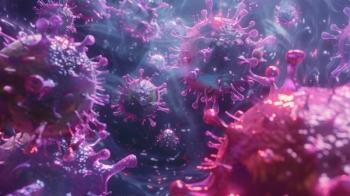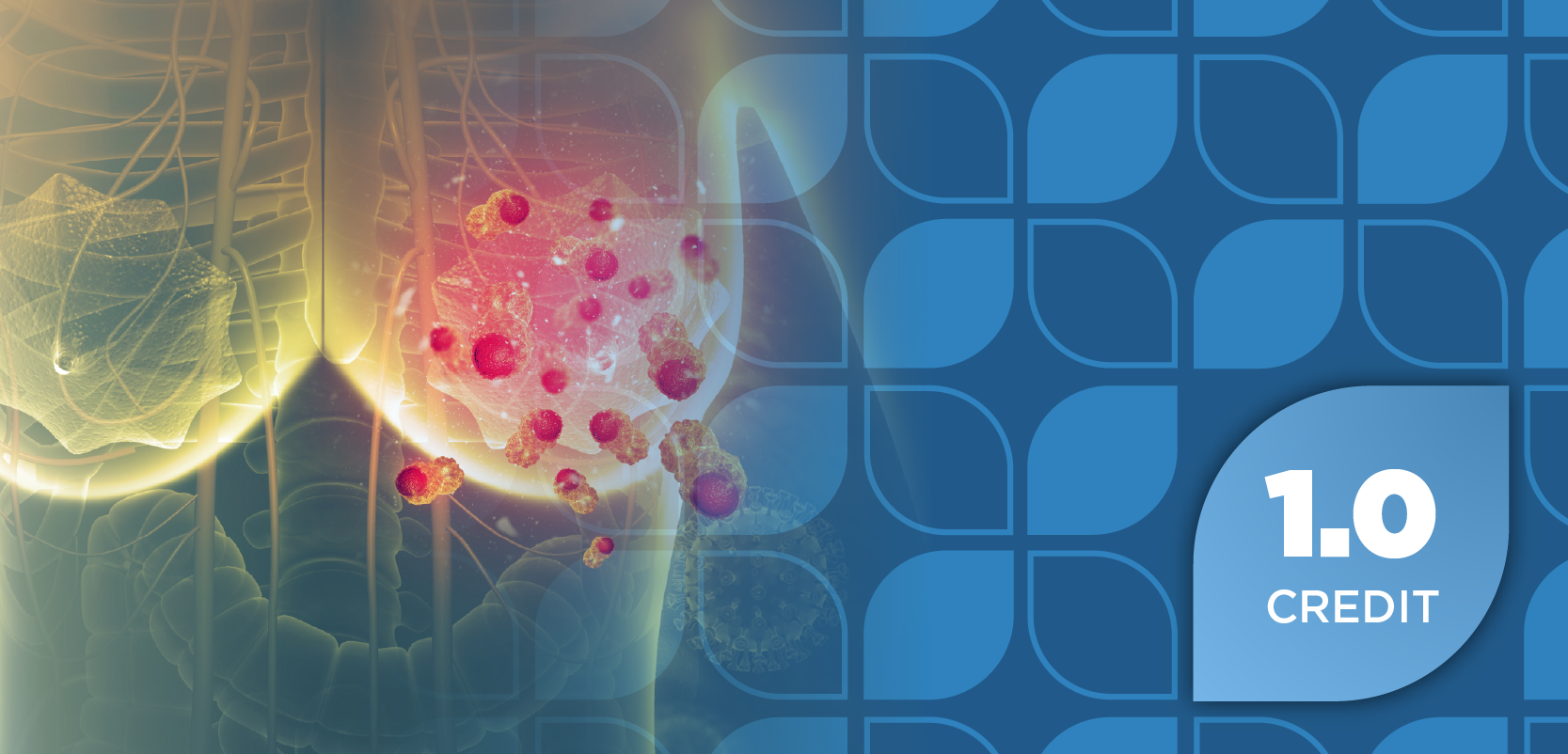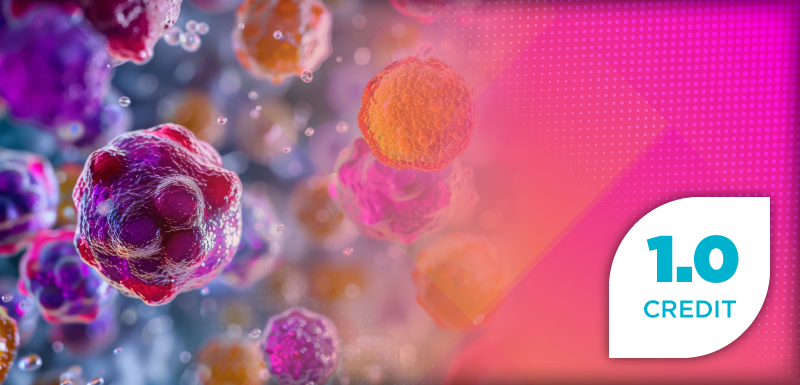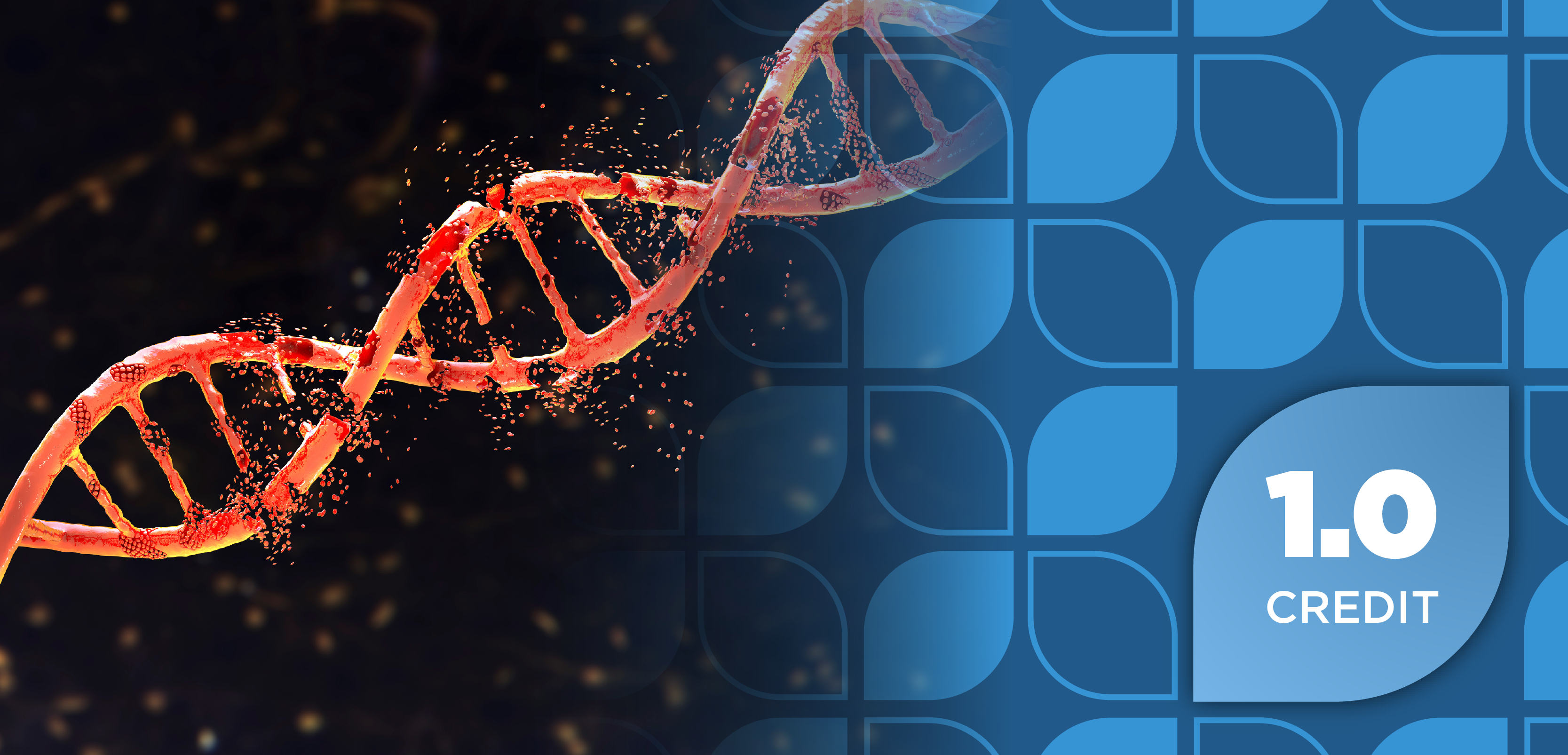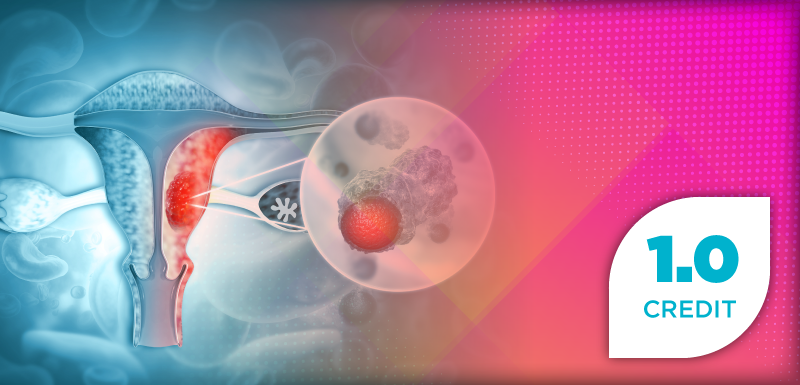
FDA Grants Orphan Drug Designation to Oligonucleotide Therapeutic for Spinocerebellar Ataxia
Key Takeaways
- CRD-002, an antisense therapy, targets spinocerebellar ataxia type 3, receiving FDA orphan drug designation for development incentives and potential market exclusivity.
- Spinocerebellar ataxia is a progressive, inherited disorder affecting movement and coordination, with SCA3 being a common form causing balance and coordination issues.
Cure Rare Disease's CRD-002 receives FDA orphan drug designation, advancing hope for SCA3 treatment with innovative oligonucleotide therapy.
The FDA has granted orphan drug designation (ODD) to Cure Rare Disease’s (CRD) oligonucleotide therapeutic, CRD-002, an investigational antisense therapy for the treatment of spinocerebellar ataxia (SCA), including spinocerebellar ataxia type 3 (SCA3).1
“Receiving ODD for our SCA3 program is an important milestone and a validation of our mission to deliver life-saving therapies to patients with ultra-rare and rare diseases,” Rich Horgan, founder and CEO of Cure Rare Disease, said in a news release. “This designation not only provides key development incentives, including potential market exclusivity upon approval, but also accelerates our efforts to bring hope to families battling this devastating condition.”1
Signs and Symptoms of SCA
SCA encompasses over 40 types of similar inherited brain disorders, affecting the spinal cord along with the cerebellum, which is essential for physical movement. The progressive condition worsens over time and could impact an individual’s eyes, hands, legs, mobility, and speech. Initial signs and symptoms typically present after the age of 18 and slowly exacerbate over time, including involuntary eye movement, poor hand-eye coordination, problems with balance and coordination, slurred speech, trouble processing and remembering information, and uncoordinated walking, according to Cleveland Clinic.2
SCA3 is one of the most common dominantly inherited ataxias that results in a lack of balance and coordination. Similar to SCA, the condition is progressive and could impact the arms and legs. Many individuals with SCA3 develop a staggering walk and could also have difficulty swallowing and speaking. Severe symptoms of the condition could appear as other neurologic disorders, such as multiple sclerosis or Parkinson disease.3
Limited Treatment Options for SCA3
Currently, there is no cure for SCA, and treatment aims to reduce symptoms and improve functions. However, as a single-stranded antisense oligonucleotide, CDR-002 is designed to target the cause of SCA3, meeting the unmet need and providing therapeutic benefits to affected individuals.1
Oligonucleotide therapies are small single- or double-stranded segments of DNA or RNA molecules that contain 10 to 50 nucleotides. These therapies typically bind to their target and function by preventing, replacing, adding, or editing RNA and DNA at a molecular level. While small molecules often face challenges with off-target toxicity, oligonucleotide therapies offer personalized treatment with reduced off-target effects, according to research published in Frontiers.3
CRD noted that they are dedicated to advancing its SCA3 program to the point where it is ready for clinical trials. This effort is being supported by a $5.7 million grant received from the California Institute for Regenerative Medicine earlier in 2025. Various partnerships are underway that are providing support for the program’s efficient advancement towards clinical trials. The company anticipates finishing the necessary studies to support an investigational new drug application and plans to submit this application to the FDA in 2026.1
REFERENCES
1. Cure Rare Disease Receives Orphan Drug Designation from FDA for Investigational Therapy Targeting Spinocerebellar Ataxia Type 3 (SCA3). Business Wire. News release. May 14, 2025. Accessed May 15, 2025. https://www.businesswire.com/news/home/20250514432257/en/Cure-Rare-Disease-Receives-Orphan-Drug-Designation-from-FDA-for-Investigational-Therapy-Targeting-Spinocerebellar-Ataxia-Type-3-SCA3
2. Spinocerebellar Ataxia. Cleveland Clinic. News release. Updated August 29, 2022. Accessed May 15, 2025. https://my.clevelandclinic.org/health/diseases/24077-spinocerebellar-ataxia
3. Machado-Joseph Disease. Cleveland Clinic. News release. Updated July 26, 2024. Accessed May 15, 2025. https://my.clevelandclinic.org/health/diseases/machado-joseph-disease
4. Thakur, S., Sinhari, A., Jain, P., & Jadhav, H. R. October 18, 2022. Accessed May 15, 2025. A perspective on oligonucleotide therapy: Approaches to patient customization. Frontiers in Pharmacology, 13. https://www.frontiersin.org/journals/pharmacology/articles/10.3389/fphar.2022.1006304/full
Newsletter
Stay informed on drug updates, treatment guidelines, and pharmacy practice trends—subscribe to Pharmacy Times for weekly clinical insights.


